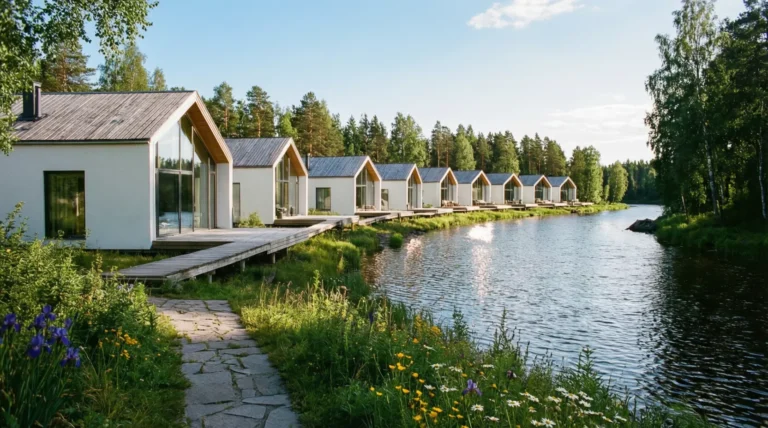
The construction sector in Germany is projected to grow by 2.6%, reaching EUR 241.35 billion in 2024. Despite facing short-term challenges in specific areas, the industry shows strong potential for significant growth. Over the forecast period from 2024 to 2028, a compound annual growth rate (CAGR) of 2.5% is anticipated, with construction output expected to hit EUR 266.08 billion by 2028.
The German construction industry is currently experiencing a challenging phase due to economic fluctuations and rising material costs, which are expected to lead to declines in 2024. Nevertheless, there are substantial growth opportunities, particularly in infrastructure development, renewable energy projects, and affordable housing initiatives. Industry leaders should seize these opportunities while adapting to the changing market landscape.
To successfully navigate Germany’s complex construction environment, stakeholders can embrace innovative practices, foster public-private partnerships, and align their efforts with government initiatives. The industry is at a pivotal point where sustainability, technological advancement, and strategic investment will shape its future. Executives must prioritize agility and adaptability to thrive in this dynamic market.
Current Challenges and Opportunities
Germany’s construction industry faces an array of challenges, including economic fluctuations, increasing material costs, and evolving regulatory frameworks. However, the government’s commitment to substantial investments in infrastructure presents opportunities, particularly in addressing pressing infrastructure needs and housing shortages.
The German government plans to allocate between EUR 15 billion and EUR 20 billion in subsidies for energy projects, including the construction of natural gas power plants that will transition to hydrogen. This initiative is part of a broader strategy aimed at enhancing energy security and promoting sustainable development.
Residential Construction: Tackling Housing Shortages
- Significant Decline in Housing Permits: This trend indicates that demand continues to outpace supply, worsening the housing crisis in Germany.
- Government Initiatives for Affordable Housing: The government is working to address the housing shortage through substantial infrastructure investments.
Commercial Construction: Adapting to Market Trends
- Investment in Mixed-Use Developments: The commercial construction sector is shifting towards developments that integrate residential, commercial, and recreational spaces, reflecting changing consumer preferences.
- Focus on Sustainable Practices: Developers are increasingly adopting energy-efficient designs and green building certifications, aligning with regulatory demands and consumer expectations for environmentally responsible projects.
Institutional Construction: Strengthening Public Services
- Increased Funding for Education and Healthcare: The government is allocating significant funds to improve educational and healthcare institutions, essential for supporting the country’s long-term social and economic growth.
- Emphasis on Disaster Resilience: Given Germany’s vulnerability to natural disasters, institutional projects are incorporating resilience measures to ensure continuity in essential public services and enhance community safety.
Industrial Construction: Fueling Economic Growth
- Expansion of Manufacturing Facilities: The industrial construction sector is experiencing growth, driven by the rising demand for manufacturing and logistics facilities, supported by government initiatives to bolster local production and reduce import reliance.
- Investment in Renewable Energy Infrastructure: Germany is making substantial investments in renewable energy projects, particularly solar and wind, aiming to achieve 70 GW of offshore wind power by 2045.
Infrastructure Construction: Building for the Future
- Major Infrastructure Projects: Infrastructure construction remains a cornerstone of Germany’s development strategy, with ongoing projects like railway network expansions and transportation system improvements enhancing connectivity and economic activity.
- Focus on Transportation Networks: The government is prioritizing the development of transportation infrastructure, including roads, railways, and ports, to facilitate trade and improve logistics, thereby boosting the country’s economic competitiveness and regional integration.
In summary, the future of Germany’s construction industry will depend on navigating current challenges while capitalizing on growth opportunities in key sectors. The emphasis on sustainability, technological innovation, and strategic investment will be crucial for the industry’s continued success.




